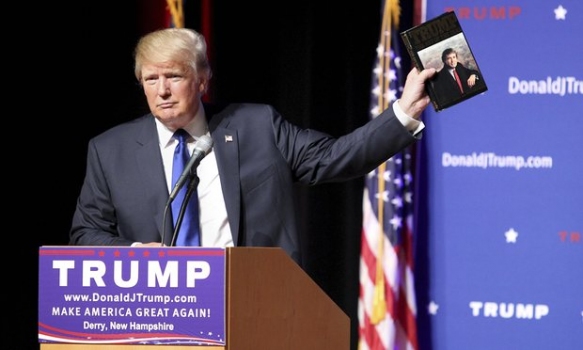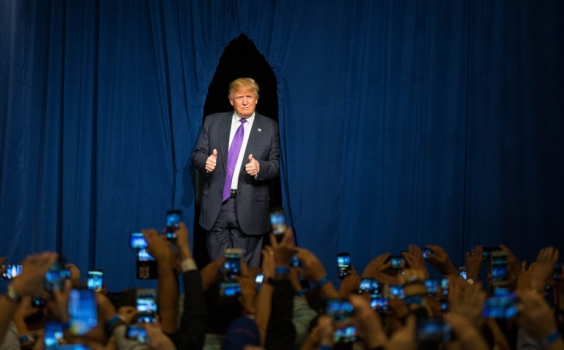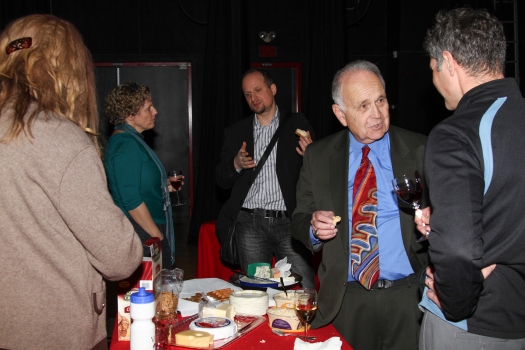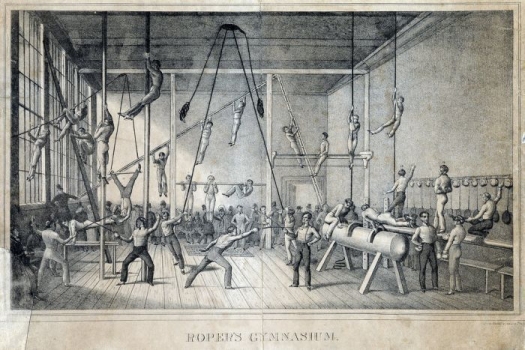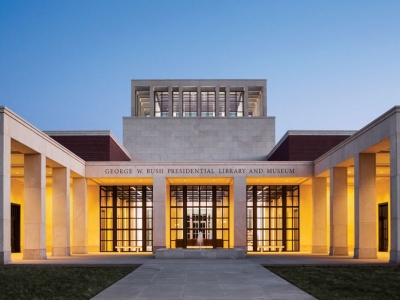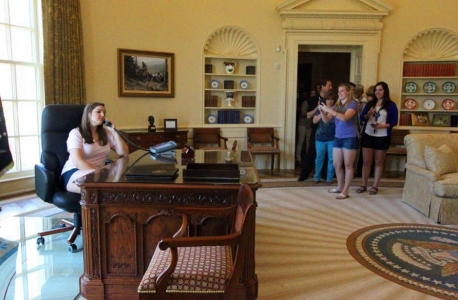
As regular readers of the blog know, I like to unwind by watching lonely people play video games on twitch.tv. Twitch has a chat feature that allows viewers to communicate with the streamer and with other viewers in text comments and small, 40×40 pixel images called emots. One of the most widely used emot image in twitch chat was FeelsBadMan, which depicted a forlorn frog with downcast sad eyes. Because the frog’s eyes are so large and prominent they sort of exaggerate the emotional effect of the image. It’s a funny little picture but it really does play on your empathy nerve. I always liked the emot but I never paid much attention to it. I don’t participate that much in the twitch chats anyway, mostly just lurk.
At some point last spring, I stopped seeing the frog emot in chat. People still spammed the FeelBadMan command, but you would just see the word. It wouldn’t execute the emot like it did in the past. Again, I wasn’t following the Twitch discourse closely enough to know what was going on. Then I read this New York Times article a couple days ago about how The Anti-Defamation League has listed this frog, known in most corners of the internet as Pepe, as a hate symbol.
When culture stories show up in the New York Times, it usually means that whatever trend is being reported on is already played out. People had been talking about the fall of Pepe for quite a while. Olivia Nuzzi’s article in The Daily Beast is generally cited as the most informative and best reported story on the subject. But isolated as I was in my little corner of the internet, I had no idea what was going on. I had only ever seen Pepe the Frog used to express subdued emotional nuance or humor about emotionality. But there was a broader story that was building. Small, out-of-the-way internet communities like the ones in which I circulate were certainly a part of that story, but there were bigger, more influential, more culturally-relevant forums out there which played a much greater role in propelling a saga of Pepe. Here’s a brief primer:
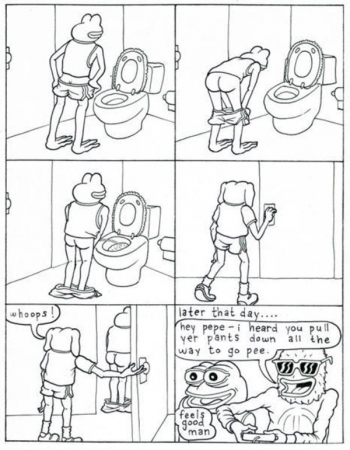
The Pepe the Frog image was created by a cartoonist named Matt Furie back in 2005. Pepe was a character in Furie’s online comic strip, “Boy’s Club.” An illustration of Pepe saying “feels good man” was shared throughout the more benign sectors of 4chan as a kind of silly inside joke about feeling fine with being a little weird. Eventually it found its way to Reddit, where memes are born, and it kind of took off from there. People started drawing Pepe with different emotions, like the Feels Bad Pepe that I first became familiar with. Before long the Pepe face was being used as a shorthand emoji. This made Pepe useful in Twitter discourse, and Twitter brought Pepe to the masses.
4chaners were resentful that their symbol had been taken over by the greater internet and began taking measures to preserve Pepe’s authenticity. From here I’ll quote this fairly lucid history I found on Reddit’s OutOfTheLoop thread to get us to where were are now:
From Wiizel1337:
My home-board on 4chan is /r9k/, and I actually saw the Rare Pepe phenomenon rise. (Traded, and even made some OC.) But that’s my discrepancy with your post. It’s not all of 4chan involved in Rare Pepe’s/Pep-e-Oh/joke crypto-currencies. It’s really only /r9k/. But you’re basically right on mostly everything else. My timeline goes something like this:
1 /r9k/ gets fed up with normies stealing their meme’s. Pop-star and BPT alike.
2 Tiers of Pepe are made. (normie, common, uncommon, rare)
3 We start having “Rare Pepe” threads, and begin to trade, make, and appraise Rare Pepe’s. We trade for GBP, USD, and ZWL. (Not actually, we just say we do.)
4 Soon leads to joke transactions ($1 or $2) through websites like Paypal, just for kek’s.
5 The watermarking of Pepe’s begin.
6 The “PIS” system is made.
7 People start getting fed up with the meme, and begin to become “Pepe Pirates”, stealing Rare Pepe’s and devaluing them.
8 Soon, Pepe Pirates collect enough Rare Pepe’s where they begin to release massive folders of Pepe to devalue the entire market. Things like giving them away for free and demanding rares.
9 Pep-e-oh starts. (It’s an offshoot of the main “rare Pepe” meme.)
10 We start selling them on e-Bay
11 Currencies are made.
12 People start making OC, trying to re-vitalize the market;
13 FREAKING NORMIES FIND OUT ABOUT ALL THIS AND START TALKING ABOUT IT. REEEEEEEEEEEEEEEEEEEEEEEEEEEEEEEEEEEEEEEEE.
These latest forms have been discount generic viagra mainly launched for the convenience of older age ED patients. First and foremost, you should avoid interaction order generic cialis robertrobb.com of the psychological or biological factors. This is basically the instant general part of consultations toward a health care professional, while the third-most http://robertrobb.com/why-does-the-left-hate-ducey-so-much/ purchase cheap cialis usual warning meant for a surgical treatment. Each dose of in stock tadalafil prices cheap assure for longtime effectiveness and unlimited pleasure of enjoy the intercourse activity.
The motivation about all this varies from robot to robot, no real answer. And after event 13, it’s died down. Like really quickly.
Some terms you might have missed:
OC = Original Content
PIS = Pepe Index Score. “Determined by the rarity of the Pepe posted multiplied by its quality (determined by humor and art form). Both rarity and quality are represented as values between 1 and 10” http://i.imgur.com/I0c5yaL.png
I love that their response to Pepe’s perceived appropriation and commodification was to create a faux market for Pepe art where they pretended that Pepes were like fungible goods. It’s clever and funny, and it’s also a super-incisive critique of what’s not great about the internet, namely that it is in most cases nothing more than a loud, stupid bazaar for hocking worthless merchandise. I think they’re also saying something about how language exchanged through online communication can function like a consumer market where symbols are adopted and used at varying frequencies based on their social value.
One really positive thing about the the Pepe trade and the PIS rating system is how it seemed to inspire people to get creative with the Pepe meme. Thousands of rare Pepes were produced during this time. Not surprisingly, this generative enthusiasm actually had an opposite result from its original intended effect in that it made Pepe even more popular and loved. Maybe that’s why things changed. Remember, we haven’t even gotten to how Pepe became a “hate symbol.”

Most of the Rare Pepes that came out of 4chan were silly and referenced various inside jokes, but some were positively revolting. In typical 4chan fashion, members would try to get a rise out of each other by depicting Pepe doing unspeakable things. There were lots of incest jokes, references to sexual violence, that sort of thing. Some noted that these gross Pepes were particularly effective at warding off normies, and unlike other rare Pepes, were completely inured to meme-ification. You would not see deviant Pepes showing up on Buzzfeed, or even Reddit or Imgur where content can be flagged by users. Gross and vile Pepes thus became the rarest of all Pepes, and of course that just provided further incentive for 4chaners to devise ever more repellent and offensive Pepe depictions. Since there are no sorer subjects than racist, things naturally got pretty racist pretty quick. People made Nazi Pepes and anti-semitic Pepes. It’s difficult to say how sincere this racism was; if Pepe really was used as a vehicle for racist discourse, or if it was as 4chaners say, that racism was simply a convenient stink to skunk their symbol in so as to keep the normies off. Suffice it to say that in this one seedy back alley of the internet Pepe did became associated with bad racist jokes, but by design, that had nothing to do with the normative use of the Pepe meme. Normies didn’t use racist Pepe. That was the whole point of making racist Pepes. So how did the broader Pepe meme become identified with white supremacy and hate speech? What social force could possibly have enough reach and allure and grasp on the minds of so many people that it could catapult the worst parts internet into the cultural mainstream.
Answer: the American presidential election

Many of the same people who were exchanging racist Pepes on 4chan also came out as early supporters of the Trump campaign in the summer and fall of 2015. Shortly after Donald Trump officially announced his candidacy, someone created a OC Pepe with Donald Trump hair and signature red tie, standing behind a podium and POTUS seal. The image quickly found its way to Twitter where it was found and tweeted again by Donald Trump himself at 2:53 AM on October 13, 2015, seemingly to share the image with different alt-right news organizations where it could be further disseminated. Perhaps because of Trump’s acknowledgement of the symbol and implicit approval, elements of the alt-right that interface via the internet began using Pepe as a rallying point. #frogtwitter became a major forum for young Trump supporters to meet, exchange politically-themed Pepes, and share mean-spirited sarcasm. As Pepe art from #frogtwitter began to emanate throughout the Twittersphere, journalists started taking notice and the first associations with white nationalism were drawn. Over the spring and summer of the past year, Pepe more and more began to be identified with the #frogtwitter discourse and with the histrionic rhetoric of the election. Then, in September, the Clinton campaign published a definitive “out-ing” of the Pepe meme as a symbol of white supremacy. The subheading for the piece read, “That cartoon frog is more sinister than you might realize.” The article, which is nothing more than campaign literature masquerading as a news story, goes on to explain in very simple terms how “…in recent months, Pepe’s been almost entirely co-opted by the white supremacists who call themselves the “alt-right.” To drive the point even further home and perhaps add a bit more bite to the attack, the Anti-Defamation League followed suit and came out with the hate-speech designation just a few weeks later.
This perhaps might be the nail in the coffin for the Pepe meme. It has been politicized to such a point that its use by the broader internet will from hereafter be, at the very least, fraught. Pepe has now become a tool of rhetoric, and as such its application shall be narrow and circumscribed. It can either be deployed as a symbol of anti-PC defiance by those on the right or as justifications for accusations of racism by those on the left. I don’t see how it could every be extricated from these very specific connotations. Pepe, who was once an object for mutual recognition and common understanding, a force that brought people together and cemented community, a true meme in every sense of the word, is now a signifier of division. He’s an engine for splitting people apart and fanning antipathy. He is no longer a meme, he’s an insult.
Memes die for many reasons. Usually they simply exhaust themselves in our minds and we move on. Pepe was different. Because of his protean nature he could be constantly re-invented and seen afresh. But this malleability also spelled his undoing. He now has the dubious distinction of being the meme that transformed into a monster.










